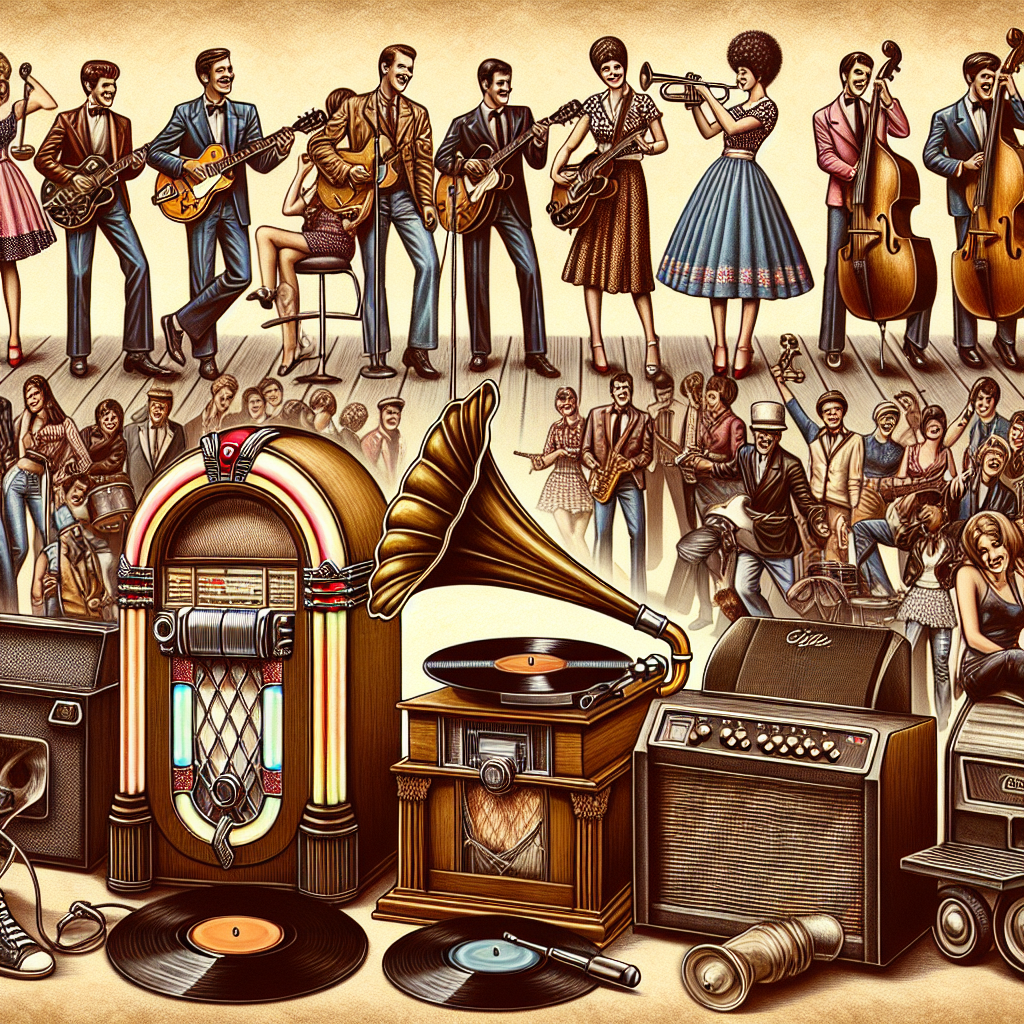Music has always been a reflection of the culture and society in which it is created. The sounds of the 50’s, 60’s, and 70’s were no exception, as they captured the changing attitudes and values of these decades. From doo-wop to disco, these eras produced some of the most iconic music that still resonates with audiences today.
One of the defining features of this time period was the rise of rock and roll music. Artists like Elvis Presley, Chuck Berry, and Buddy Holly brought a new energy and excitement to the music scene, blending elements of rhythm and blues with a rebellious attitude. This music spoke to a generation that was breaking away from traditional values and embracing a more free-spirited lifestyle.
Culture played a significant role in shaping the music of these decades. The civil rights movement, anti-war protests, and women’s liberation all had an impact on the themes and lyrics of popular songs. Musicians used their platform to address social issues and advocate for change, making their music not just entertainment but also a form of activism.
Politicians also tried to co-opt popular music for their own purposes during this time. Richard Nixon famously attempted to use songs like “Bridge Over Troubled Water” by Simon & Garfunkel as campaign anthems, only to be rebuffed by the artists themselves. This tension between politicians and musicians highlighted the power of music as a tool for expression and resistance.
Fashion was another important aspect of these decades, influencing not just how people dressed but also how they expressed themselves through style. The mod look of the 60’s with its bold colors and geometric patterns gave way to the hippie aesthetic of the 70’s with its flowy fabrics and natural materials. Music and fashion became intertwined, creating a visual language that complemented the sounds of the time.
Technology also played a crucial role in shaping the music of these decades. The invention of new recording techniques allowed artists to experiment with different sounds and create innovative new genres. The rise of television brought live performances into people’s living rooms, expanding the reach of musicians beyond just radio airplay.
Overall, exploring the sounds of the 50’s, 60’s, and 70’s reveals a rich tapestry of musical innovation and cultural significance. From doo-wop harmonies to disco beats, each era brought something unique to the table that continues to inspire artists today.


Get involved!
Comments